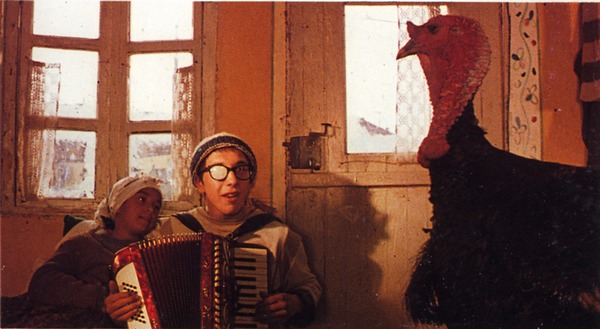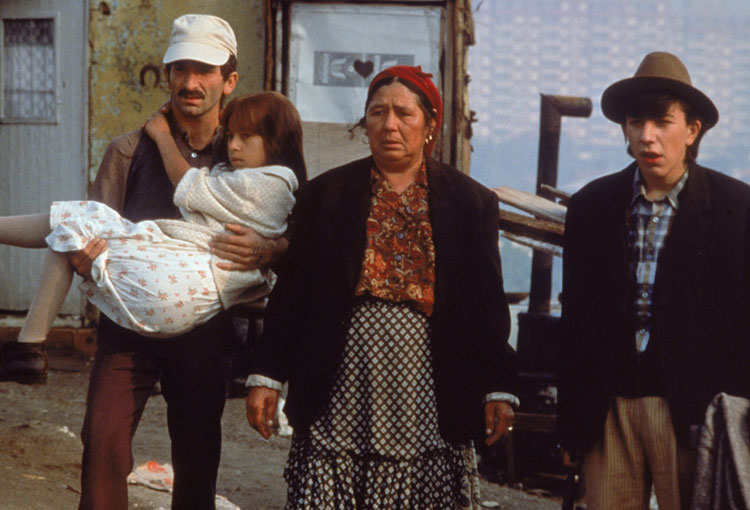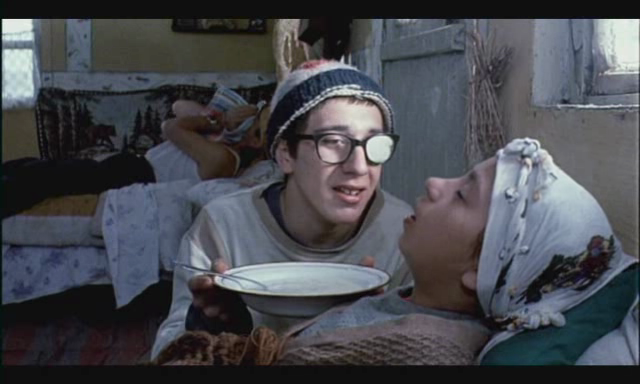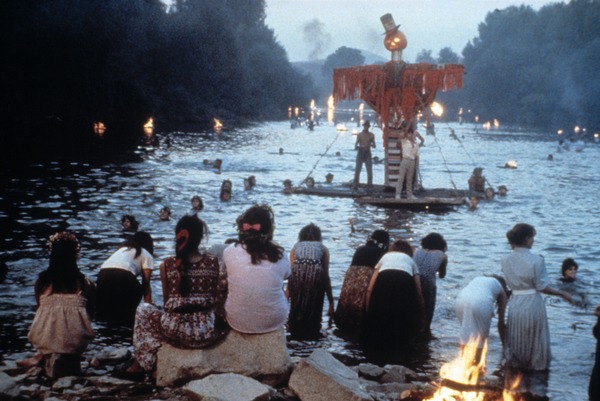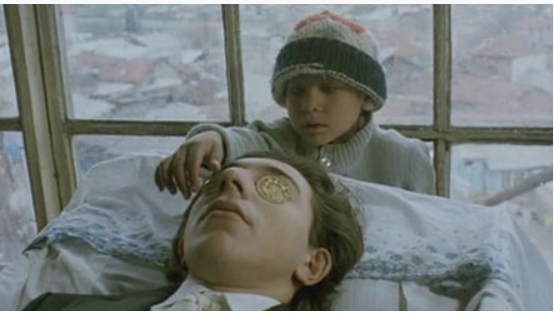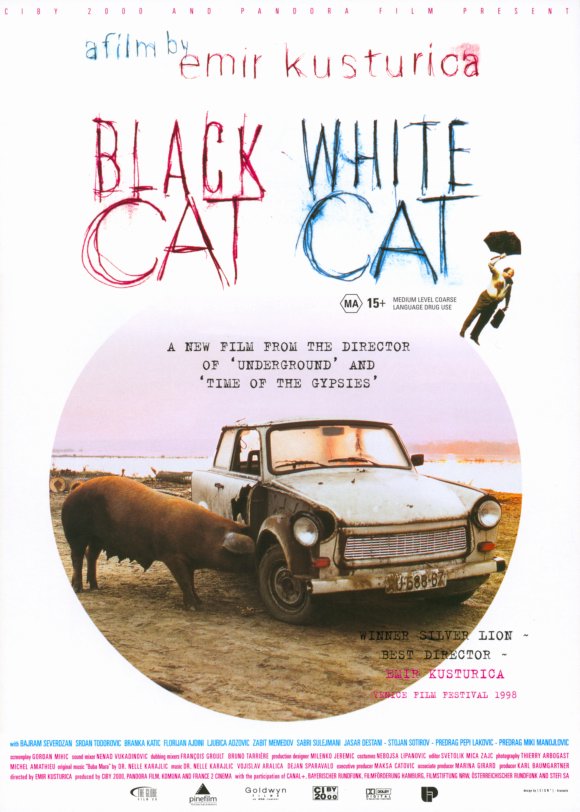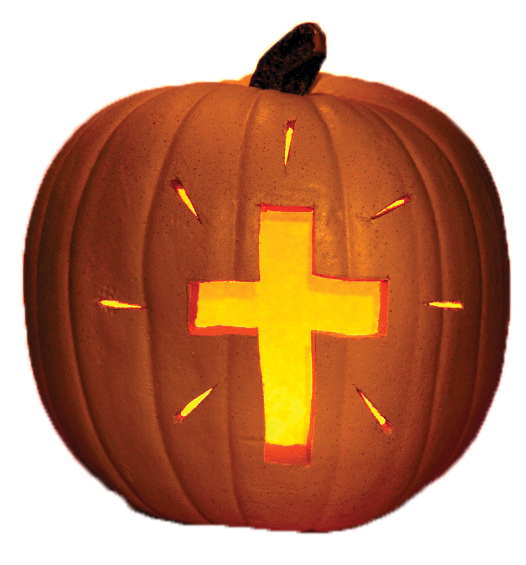
Many people would "celebrate" Halloween today, however many don't know or understand the true feast origin. It would probably news to many that halloween that is today so much associated with satanism, evil spirits and horror has christian origin! Here is what wikipedia States about Halloween quote:
The word Halloween or Hallowe'en dates to about 1745 and is of Christian origin. The word "Halloween" means "hallowed evening" or "holy evening". It comes from a Scottish term for All Hallows' Eve (the evening before All Hallows' Day). In Scots, the word "eve" is even, and this is contracted to e'en or een. Over time, (All) Hallow(s) Eve(n) evolved into Halloween. Although the phrase "All Hallows'" is found in Old English (ealra hālgena mæssedæg, all saints mass-day), "All Hallows' Eve" is itself not seen until 1556.
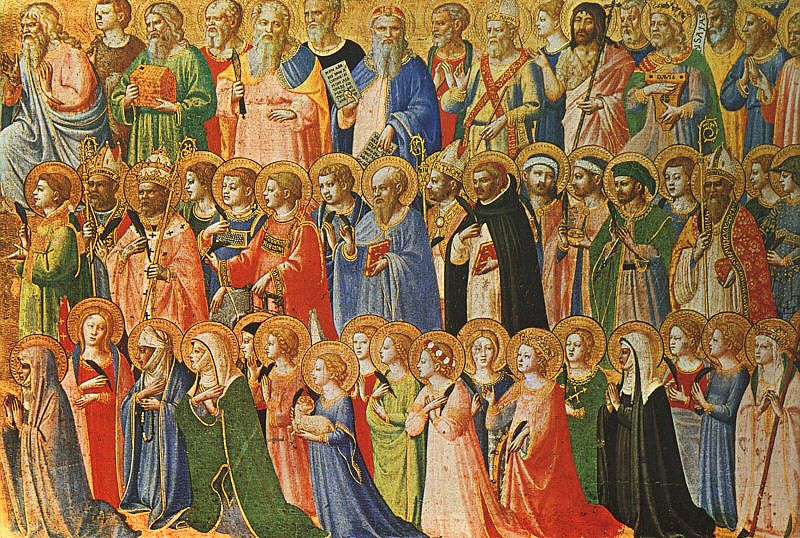
Before Christianization of Western societies – e.g. Irish, Old English, Scots and the other Gaelic nations, in Ancient celtic traditions Samhain (celebrated at end of October) give the beginning of the Celtic New Year. Celts believed that the spirits of the dead over the previous year come to roam the world looking for living people to possess. As a mean of protect Celts put on their face animal skin and other objects in order to be as scare as possible to drive out spirits from themselves. The Celtic people of Europe and Britain were pagan Druids (priests / educated people) whose major celebrations were marked by the seasons. At the end of the year in northern Europe, people made preparations to ensure winter survival by harvesting the crops and culling the herds, slaughtering animals that wouldn't make it. Life slowed down as winter brought darkness (shortened days and longer nights), fallow ground, and death. The imagery of death, symbolized by skeletons, skulls, and the color black, remains prominent in today's Halloween celebrations.
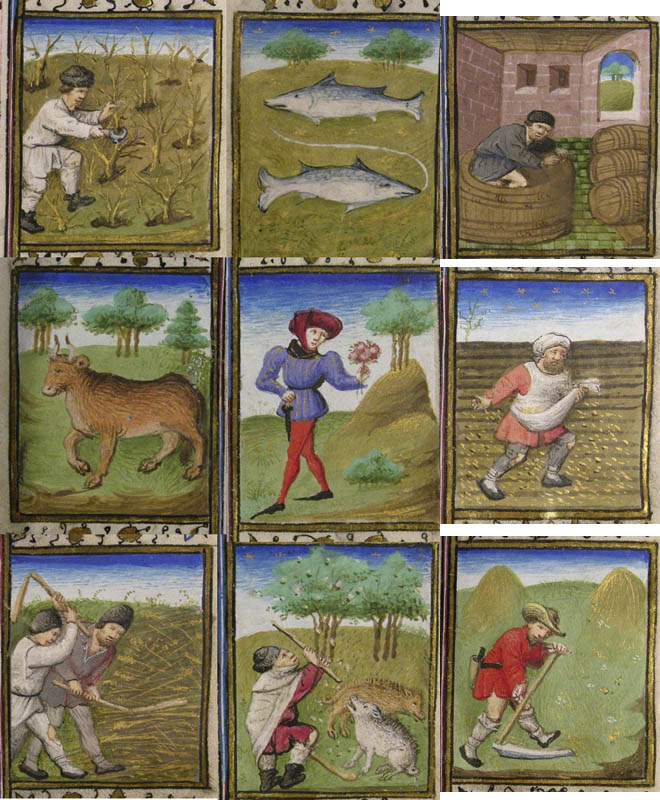
The "Samhain" season used to be a favourite times before Christianization and (even by some witches, later haunted by Inquisition) for occult practices such as divination and communication with the dead. They sought "divine" spirits (demons) and the spirits of their ancestors regarding weather forecasts for the coming year, crop expectations, and even romantic prospects. Bobbing for apples was one practice the pagans used to divine the spiritual world's "blessings" on a couple's romance.
Interetingly in Eastern Europe countries, there is similar traditions in multiple countries – e.g. Romania, Moldova Serbia, Greece, Macedonia, Croatia even in my own Bulgarian culture we still have regions celebrating similar pagan feast, on whose feast Kukeri – Kukers are called the dressed people in the form and masked as scary beasts with horns dance on the streets in hope to drive away with their awful looking outlook any "evil spirits". Kukeri traditionally appear still in Eastern Bulgaria, the feast has been known to have origin from Thracians.
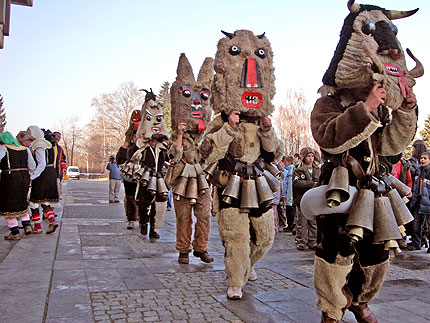
It is intriguing that since, even very ancient times people believed in immortality of the human spirit and this is not coincidence, because from ancient times people know "instinctively" the soul is importal and life continues on after physical dead of the body.
The modern version of Halloween celebrated mainly by kids wandering the homes of neighbors with the question "Trick or Treat?" started being marked in that way in England, Belgium, Germany, Austria and Italy at least as early as 15th century.
Traditionally groups of poor children would go to homes collecting the so called soul-cakes (special burned small breads) made as an aim of remembrance of the Christian relatives who passed away – it was a very widespread custom to give food to strangers as a mean of charity just like it is still in Orthodox Christian countries, we give away food to strangers as an aim to remembrance of our departed (and forgiveness of sins) to our relatives.
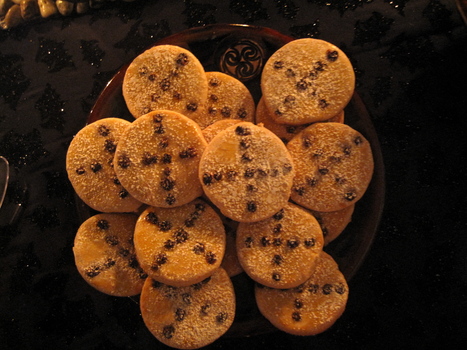
In the Middle Ages, churches displayed the holy relics of martyred saints for veneration and those parishes that were too poor to have relics let parishioners dress up as the saints instead a practice that some Christians continue in Halloween celebrations today.
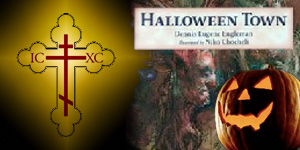
Unfortunately the Christian root of Halloween tradition gradually mixed with some of the old still not completely forgotten beliefs of paganism in pre-christian times and with the gradual raise of materialism, the protestant reformation, the enlightenment, the french revolution, the world wars etc. this mostly Christian traditions loose their Christian ground and left mostly its pagan element.
After Christianization of Europe from the 9th century onwards the Church, pagan traditions continued to be practiced by many, probably because the Church "mass" language and preaching was in Latin, people doesn't have bibles and many even baptized doesn't really had a good knowledge / understanding on Christian faith.
It is not a coincidence the Church's decision to place the All Hallows Eve (The Day of All Saints) on "Halloween" feast on 1 November.
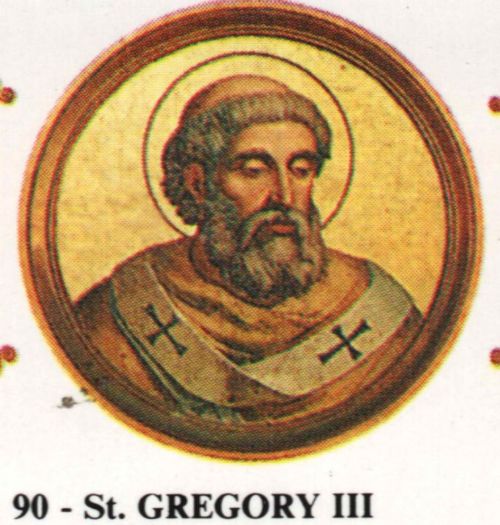
The feast of All Saints on its current date, is traced to the foundation by Pope Gregory III (731–741) – (who was a defender of true Orthodox Christian faith and openly against the heresy of Iconoclasm) who set this date to be "of the holy apostles and of all saints, martyrs and confessors, of all the just made perfect who are at rest throughout the world", the feast was moved to 1 November from the prior feast from 13 May suppressed.
With the emigration of many Europeans to America the secular Halloween feast has been transferred to America and set itself as one of the United States citizens tradition in which reminded emigrants for their homeland europe making the feast popularity to boast. The bloom of TV advertisement and the decrease of faith in people, increase of occult mindset in society made the feast primordial understanding to invert associating Halloween with evil which is fun in the mass. This is quite strange as evin the ancient pagans, had not associated with evil but used the feast as a mean to protect from evil. That's another sign in what kind of tragic state currently society is … sadly the feast Americanization made it to the number of "International feasts". And now there is almost no country where Halloween is not celebrated in a secular way.
It is not a hidden fact that Halloween feast for its connection with magical powers, paganism and occult is often believed and said to be 'A feast day for Witches and magicians', its considered important feast in Anton Sandor Lavey's Church of Satan.
A lot of parents nowdays does encourage their children to celebrate the feast not understanding the real Christian roots of it and teaching children to enjoy evil often without even realizing the psychological damage this makes to a kid.
Some countries such as Russia has already legislation prohibiting the pupils in school to mask like monsters and celebrate publicly the feast.
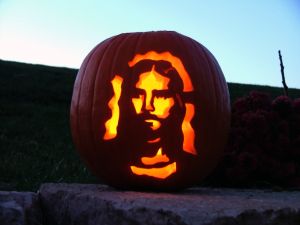
If you're a parent it is always a good idea to tell your kid that the truth is Halloween feast is not connected to darkness as it is often publicly illustrated but on the contrary Halloween tradition is early Christian one.
